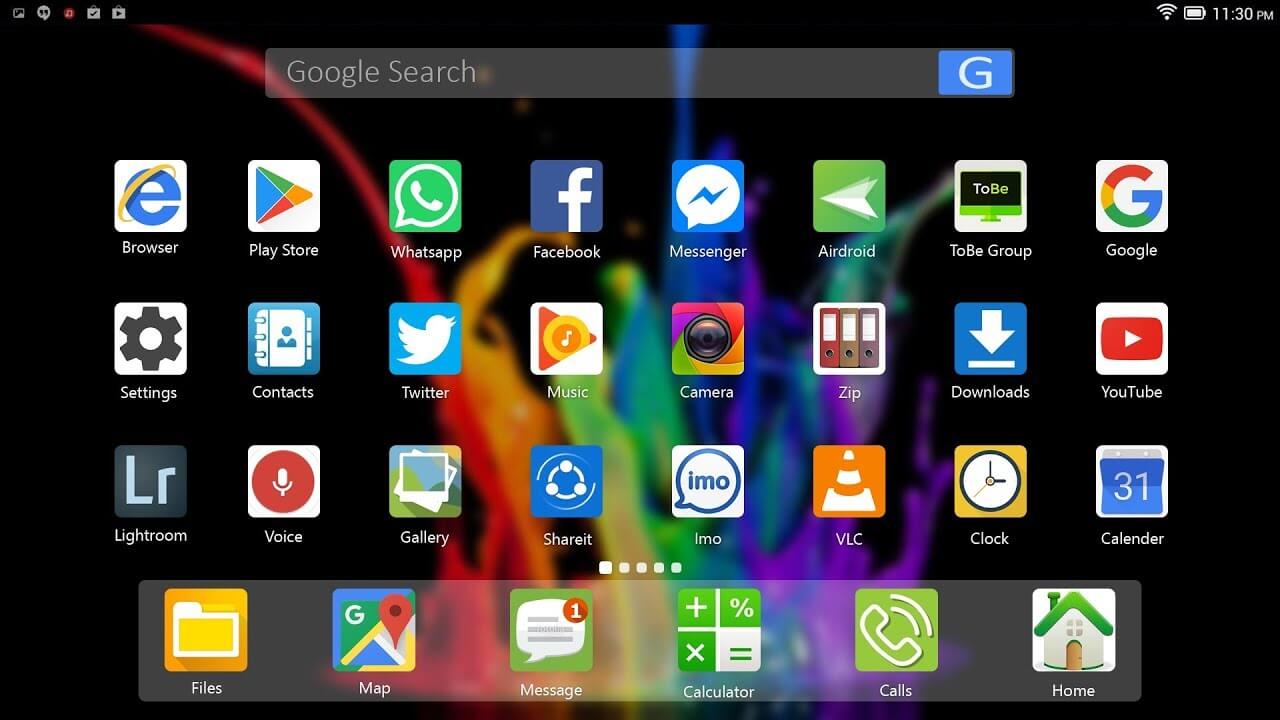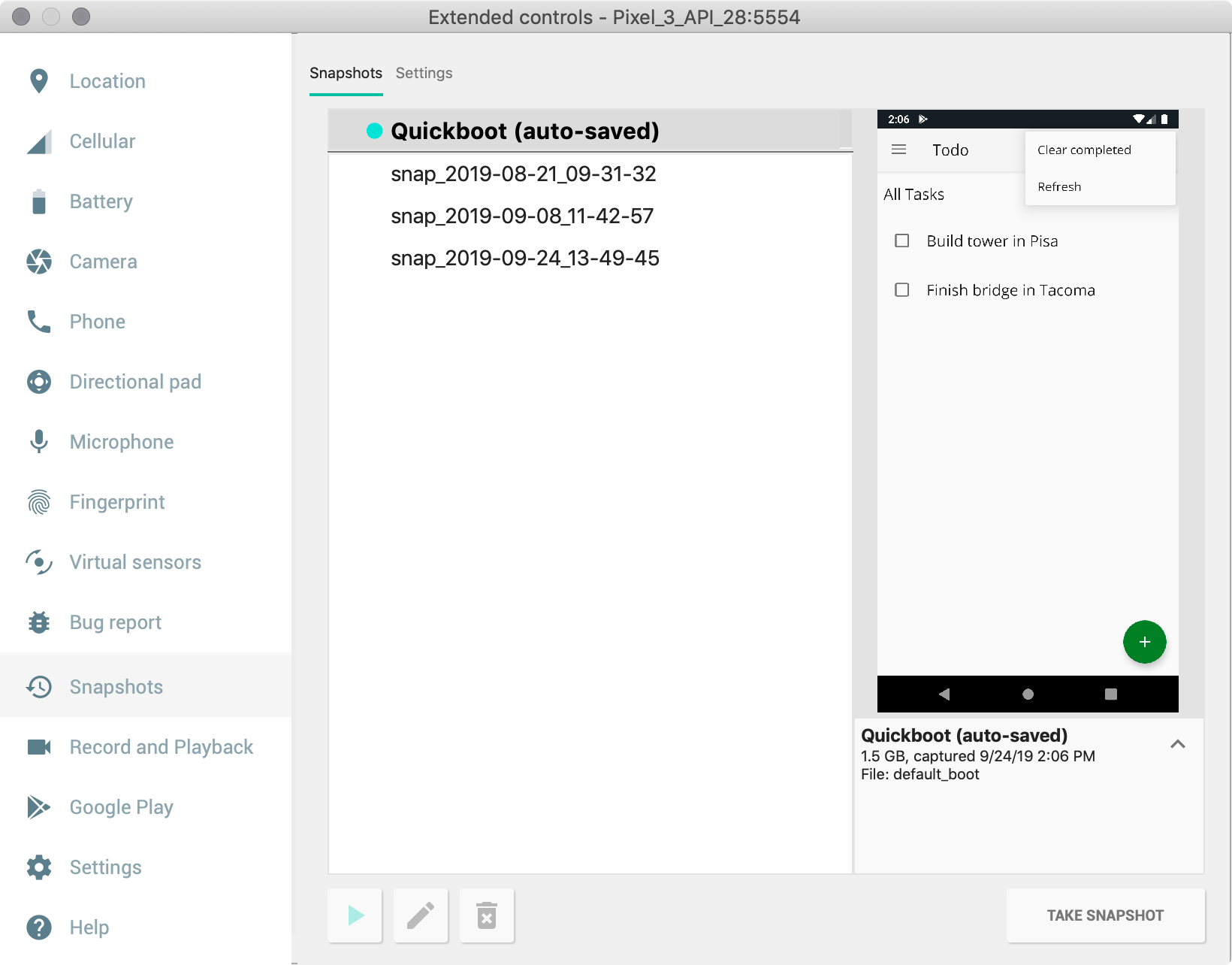

- Android emulator + mac os + consume cpu usage how to#
- Android emulator + mac os + consume cpu usage 720p#
- Android emulator + mac os + consume cpu usage android#
- Android emulator + mac os + consume cpu usage software#
- Android emulator + mac os + consume cpu usage Pc#
Android emulator + mac os + consume cpu usage software#
Note: The CPU and RAM consumptions of these lightweight browsers may vary depending on your device’s hardware or software configuration, websites you visit, number of tabs opened, extensions installed, among other factors. You can also apply some of the tips to other resource-hungry browsers. In the guide, we offer some tips to help reduce the amount of CPU resources Chrome uses.
Android emulator + mac os + consume cpu usage how to#
If you’d rather stick to Chrome or other resource heavy browsers, perhaps for the advanced tools they offer, you should read our guide on how to make Chrome use less RAM and CPU.
Android emulator + mac os + consume cpu usage Pc#
You should give these browsers a try, even if your PC isn’t old. It also uses DuckDuckGo, a reputable privacy-focused search engine, as its default search engine. If you’re big on privacy, Midori comes with a “Do Not Track” feature that blocks websites from tracking your traffic. Moreover, it lets you replace graphic features like Direct X and Open GL, and performance settings with CPU speed and RAM usage.
Android emulator + mac os + consume cpu usage 720p#
Besides, you may adjust the setting for individual convenience, choose full screen for 720p or full HD. It has a friendly interface (without App drawer).
Android emulator + mac os + consume cpu usage android#
Interestingly, it’s also compatible with extensions from the Chrome Web Store, despite being a non-Chromium browser. This Android emulator works on Android 4.4.2 KitKat kernel. If this article were providing an Oscar Award for lightweight browsers (actually, it is), we’d crown Midori as the “Best Minimalist Lightweight Browser.” Midori’s homepage houses the basic functionalities (toolbar, address bar, and a few buttons) you’d expect from a lightweight browser, and does away with other unnecessary components and details. You also get access to almost all Chrome extensions since the browser is based on the Chromium engine. Other features of Slimjet include a built-in YouTube video downloader, smart form filler, video recorder, photo salon (a built-in photo editor), cloud synchronization, and more.

You’ll also enjoy multiple layers of protection from privacy-invasive trackers, thanks to the browser’s ad-blocker and advanced anti-tracking technology. Slimjet doesn’t have a built-in battery saver like Yandex but its minimal consumption of your PC’s resource will surely help to prolong battery life-if you use a laptop, that is. Slimjet Task Manager (left) vs Chrome’s Task Manager (right) The browser’s interface is basic and straightforward you should have no problem navigating Yandex if you’re familiar with Chrome, Firefox, or Edge. Yandex prides itself as a “simply user-friendly browser.” Although many browsers throw around marketing terms and gimmicks to attract users, Yandex’s claim actually holds true. Read our full review of the Brave browser to learn more. I also found the reason for the black screen. I have the VT-d disabled in the BIOS and Intel Virtualization Technology enabled. When I disable the acceleration the emulator works, but as expected, extremely slow. HAXM version 6.2.1 (4) is installed and usable. If you decide to start using Brave, the browser lets you easily import bookmarks and settings from your previous browsers. Although the HAXM reports to be working, as shown below: accel: 0. There’s a social media blocking section as well as a private window with Tor connectivity that hides your IP address from websites you visit. In addition to being lightweight, Brave has other privacy-focused features that can help you remain anonymous on the web. Brave, on the other hand, didn’t create any Subframes and kept CPU and RAM consumption to a minimum. The Subframe processes also consumed CPU and memory footprint running into hundreds of megabytes. it didnt help, qemu consumes about 20 of CPU anytime, Android works. I.e Your JVM will be started with Xms amount of memory and will be able to use a maximum of Xmx amount of memory.Brave Task Manager (left) vs Chrome’s Task Manager (right).Ĭhrome also ran several background processes (called Subframes) for each website we opened. On Mac I noticed that the emulator was using over 100 CPU after my laptop went.

On Windows go to Environment Variables and find a System Variable called _JAVA_OPTIONS

You will find the following variables -Xms128m On Mac OS go to /Applications/Android\ Studio.app/Contents/bin/studio.vmoptions (To open contents right click on Android Studio app > View contents) Apparently once I increased this, I am able to switch off power save and have my Android Studio work perfectly. Thus I sought to find a better solution, I happened to always have a dialog box pop up and ask me to increase my VM size. I switched on power save in Android Studio 1.0 it helped but this meant I opted out on so many features that Android Studio has to offer.


 0 kommentar(er)
0 kommentar(er)
